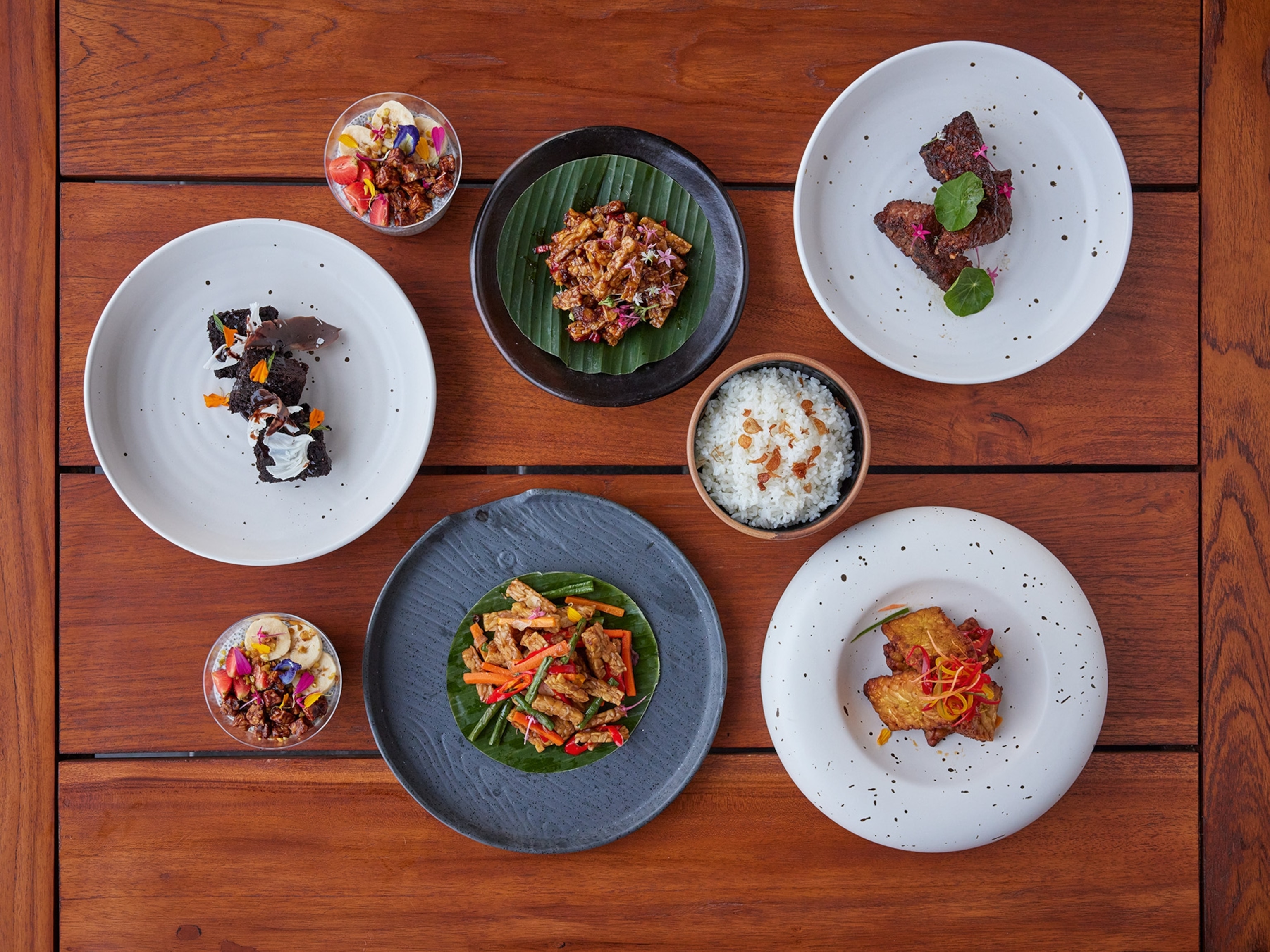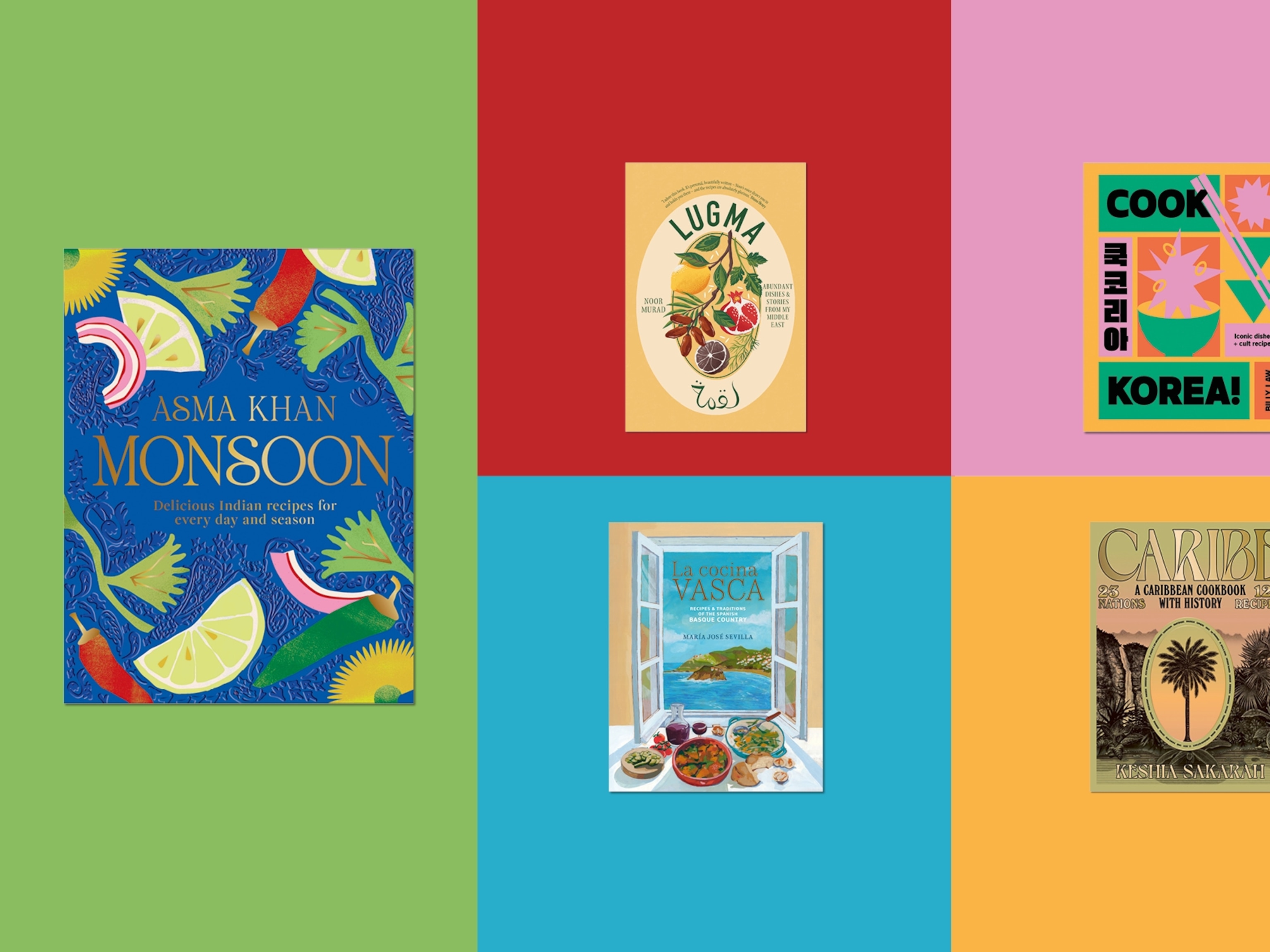
Smart Cities: Lima, Peru
This Peruvian capital has made a name for itself with delectable and diverse cuisine that is internationally recognized.
With the Peruvian capital’s disorienting sprawl and chaotic traffic, Lima was once for travelers little more than a way station on journeys to destinations like Machu Picchu, Lake Titicaca, and the legendary surf break at Máncora. But the city of 10 million—one of the largest in Latin America—is no longer a mere staging ground for trips to other locales. An internationally renowned culinary scene, drawing from Peru’s multitudinous regional and cultural influences, has blossomed in Lima, a metropolis of eccentric neighborhoods cobbled together along the Pacific coast of South America. At the city’s annual food festival, Mistura—the largest food festival in Latin America—Peru’s delectable cuisine is on full display, but the country’s culinary bounty is also available year-round at acclaimed restaurants across the city. Today Lima is seizing with two hands—each clutching a fork and spoon—its future as a smart, global city.
Awakening: Peru’s culinary efflorescence emerged after decades of civil war finally subsided in the late 1990s, and many credit the restaurant Astrid & Gastón with germinating those first early seeds of revival as peace settled over most of the country. Gastón Acurio, the Peruvian half of the couple (Astrid is German), is an icon in Peru and one of Latin America’s biggest culinary stars. The couple sparked a renaissance in Peruvian cuisine by applying their training in fine French cooking to traditional Peruvian food with results that, in the words of one recent profiler, “would inspire an entire generation of young chefs, and eventually help elevate Peruvian cuisine across the world.”
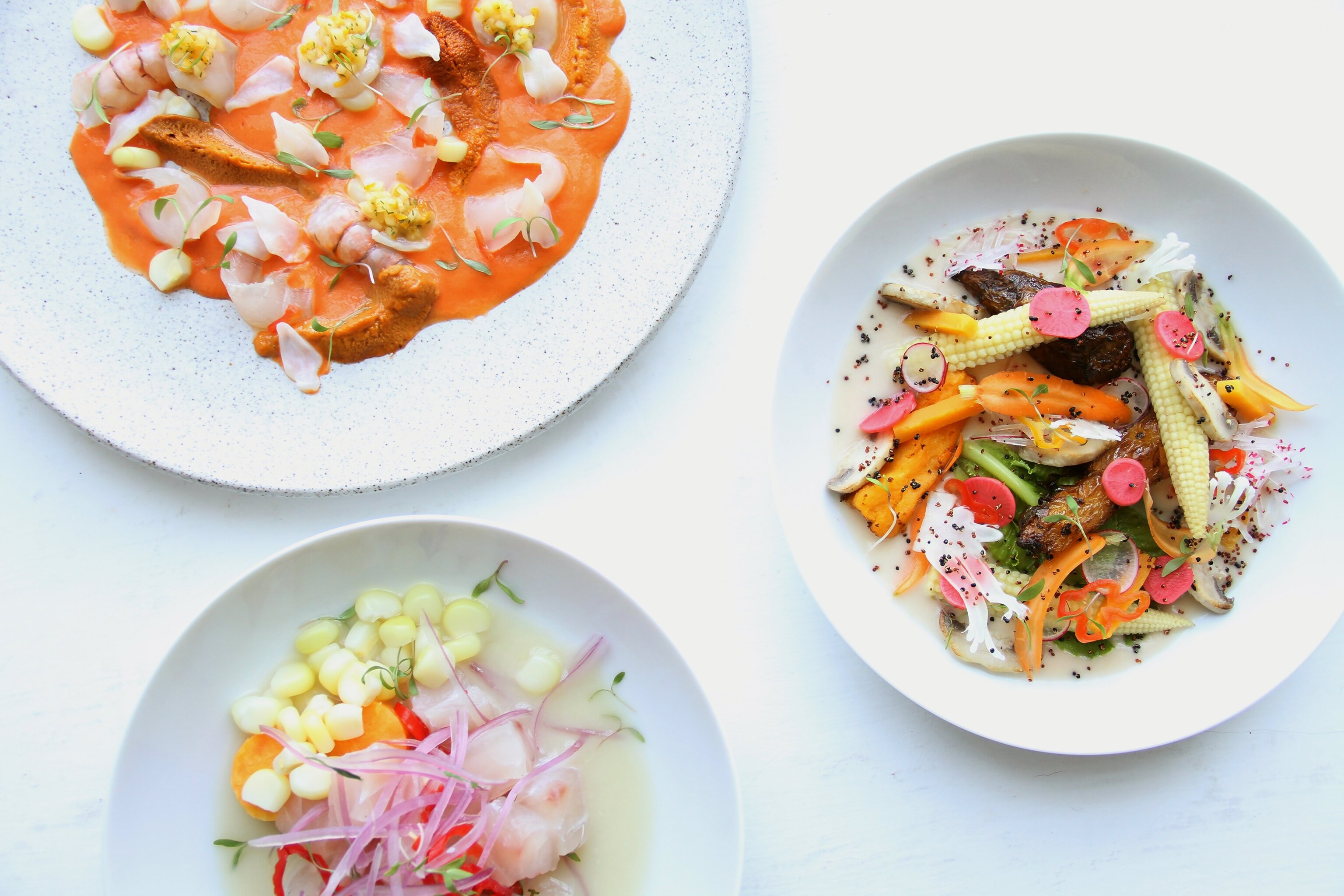
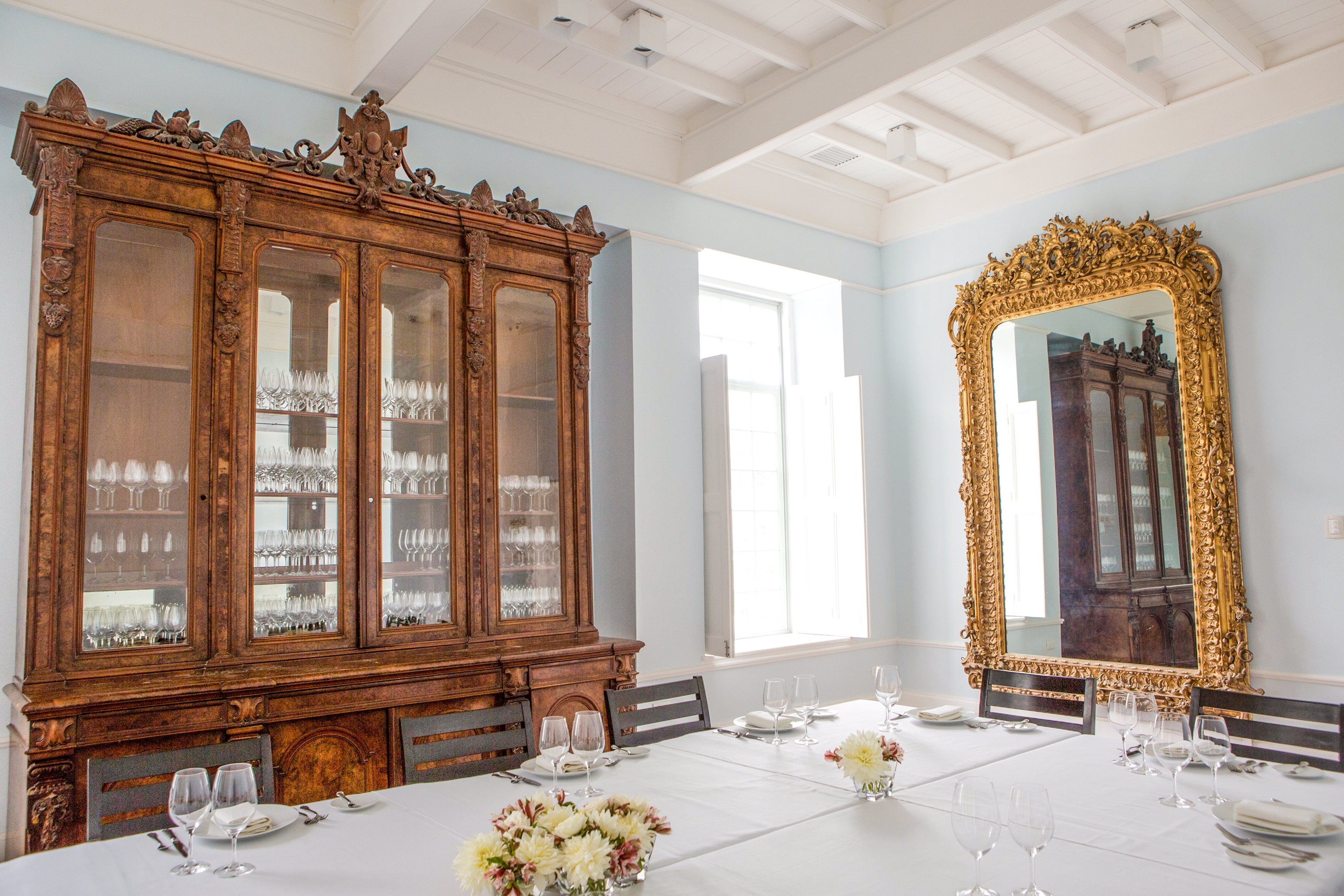
Diversity: From the beaches and craggy cliffs where Pacific waves lap at the 1,500-mile coastline, to the snowcapped Andes mountains, to the steamy Amazon rain forest, Peru enjoys an extraordinary diversity of ecological zones, and Central makes a point of celebrating them all. “We organized the menu as an experience of altitudes, where we share what we see in specific places, specific ecosystems, a sense of place and landscape,” says head chef Virgílio Martínez. Over an expansive menu, Central takes patrons on a journey from the sea to the extreme altitudes using techniques both modern and ancient, local and global, “to replicate or communicate what’s going on in these places,” Martínez says.
Sea: Excellent seafood can be found throughout Lima, thanks to a lengthy coastline on the Pacific Ocean and the area’s marine biodiversity, but in no dish is Lima’s fresh-fish bonanza more apparent than the one that most defines the city: ceviche. You can find the Peruvian staple—raw, ultrafresh fish cured in citrus—served in nooks and crannies throughout Lima, but at La Mar, Gastón Acurio offers guests—in addition to the classic, simple preparation—innovative ceviches incorporating ingredients like mushrooms, sweet potatoes, or local rocoto chilies.
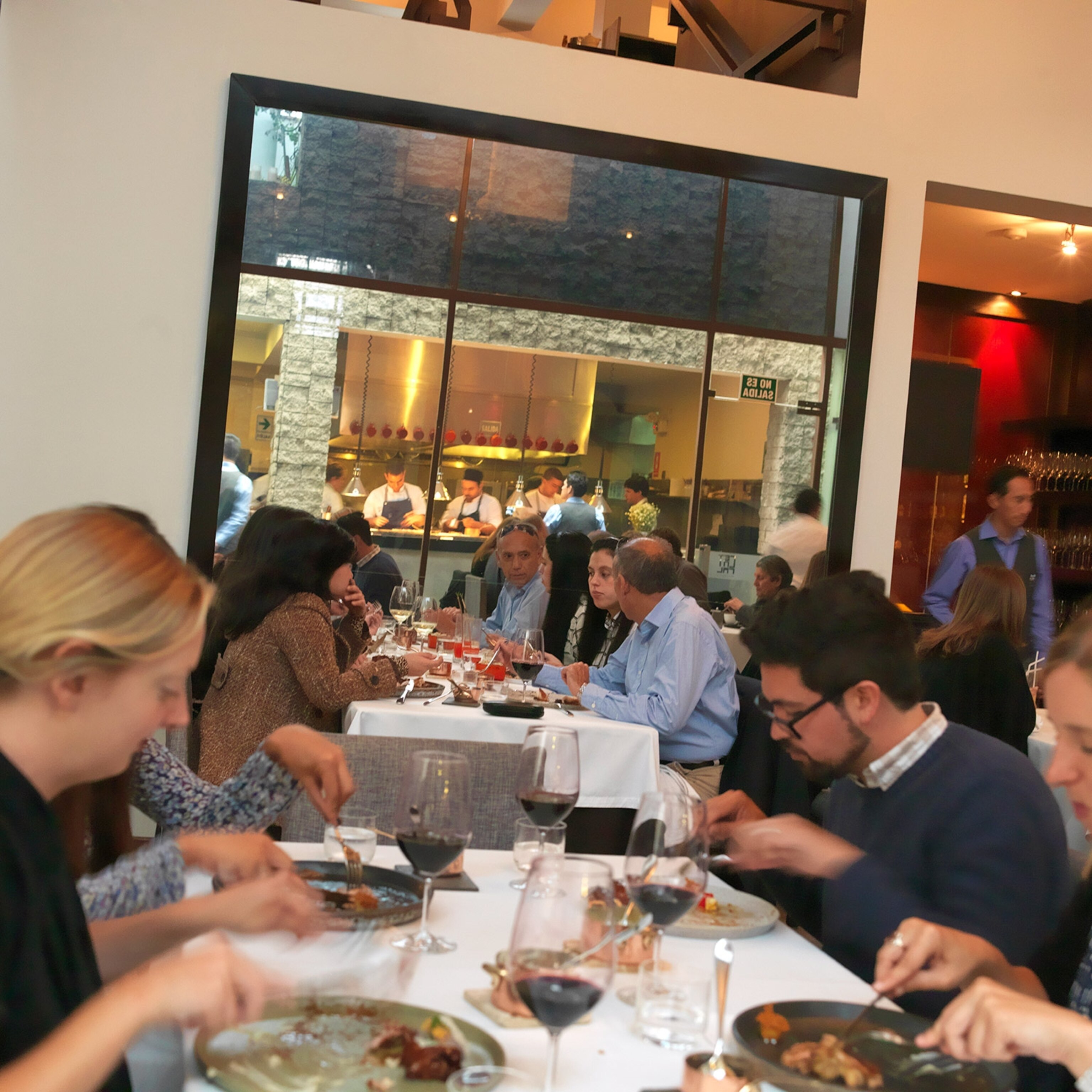

Rain Forest: On the other side of the country, opposite the sea and on the far side of the Andes, the country slopes downward into one of the richest ecosystems on Earth: the Amazon rain forest. Chef Pedro Miguel Schiaffino celebrates and explores the dizzying richness of the Amazon in his two Lima restaurants, Ámaz, in the stylish Miraflores district, and Malabar, in tony San Isidro. Schiaffino has developed strong relationships with indigenous tribes in the Amazon, through whom he sources the rare ingredients that allow him to assemble an eclectic menu at Ámaz, featuring items like river snails with sofrito and chorizo, and traditional Amazonian juane: chicken, rice, and a hodgepodge of additional ingredients wrapped in leaves and boiled. At Malabar, enjoy menu items featuring ingredients like cassava, wild mushrooms, and paiche, an Amazon River fish.
Fusion: Peruvian cuisine today is a mishmash of European, African, and indigenous influences, but also Chinese and Japanese influences, as well. Chinese and Japanese immigrants started moving to Peru in large numbers in the 19th century, forming communities from which emerged the Cantonese-Peruvian cuisine Chifa and its Japanese-Peruvian counterpart, Nikkei. Chef Félix Loo pushes traditional Chifa into new territory at Madam Tusan. At Maido, in Miraflores, chef Micha Tsumura riffs on the natural pairing of Japanese and Peruvian cuisines—think ceviche meets sashimi—with lauded results.
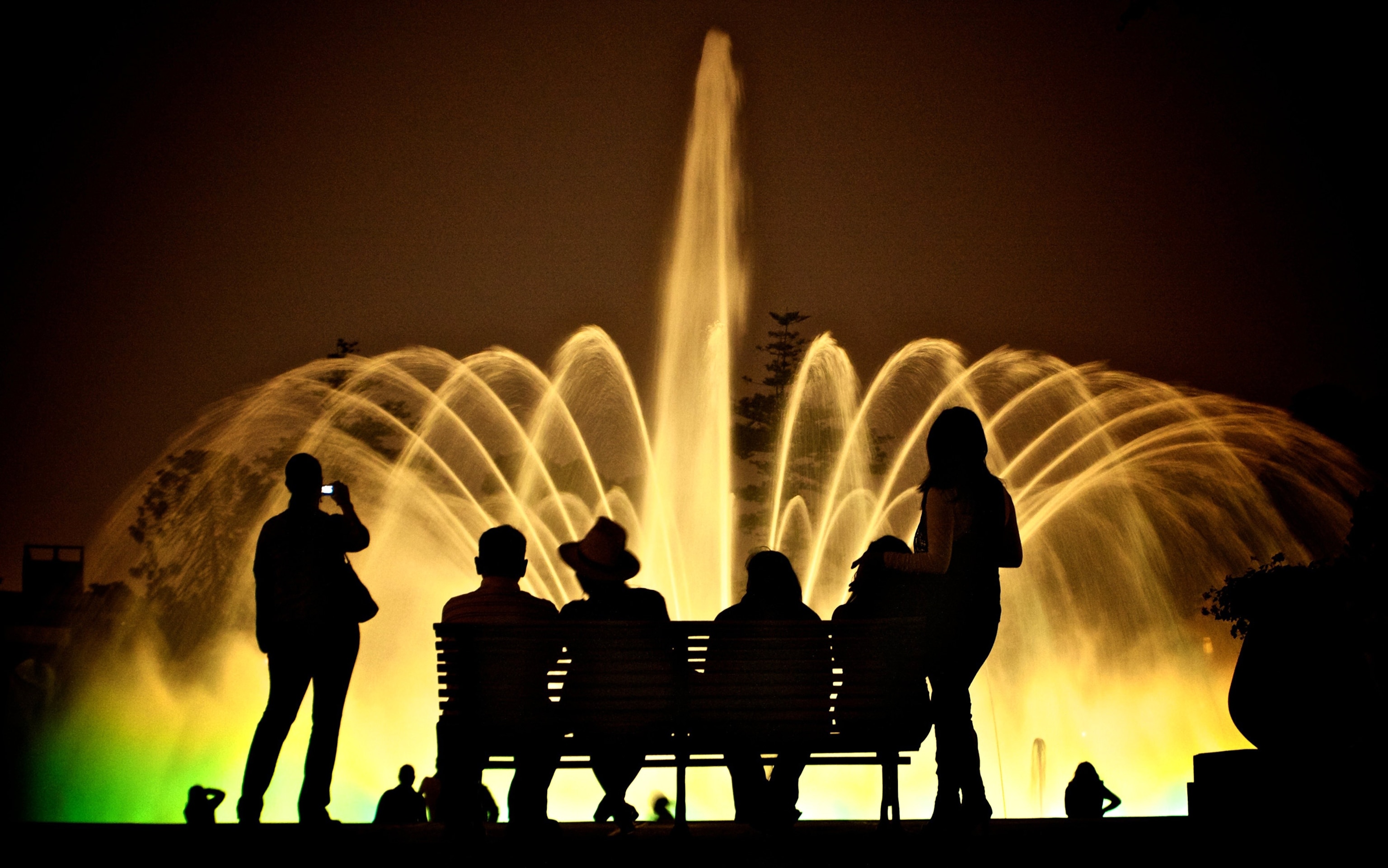
Streets: For all the abundance of innovative cuisine in Lima, the food isn’t the only thing keeping the city on the cutting edge. The streets of Lima are coming alive again amid a massive construction boom, with new commercial buildings being erected at a breakneck pace. Lima’s famous Park of the Reserve has been revitalized in recent years, with fixes and updates that have given new life to one of the world’s largest water fountain parks, now known as the Magic Water Circuit. Lima’s cultural heritage is on display in the city’s ancient ruins and many museums, but the city celebrates its more recently developed cultural heritage, too. The MATE (Museo Mario Testino) houses a permanent collection of the work of the iconic photographer Mario Testino, who has worked with fashion and society icons including Tom Ford, Madonna, and the British royal family. In the up-and-coming Barranco neighborhood, the Lucía de la Puente Gallery displays the latest and hottest works of Lima’s contemporary artists.
- National Geographic Expeditions



